International
Dinosaur tail found in Chile stuns scientists
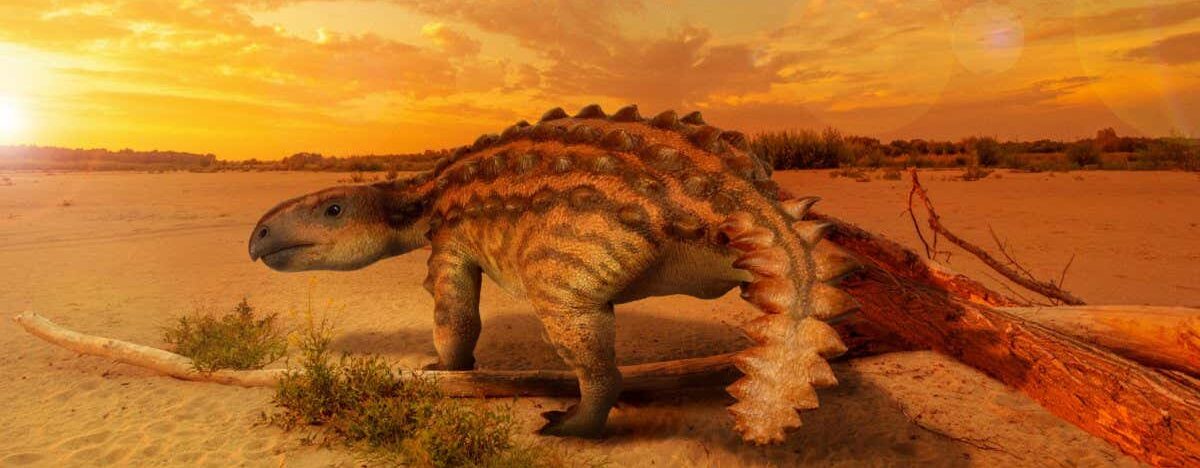
AFP
Chilean paleontologists on Wednesday presented their findings on a dinosaur discovered three years ago in Patagonia which they said had a highly unusual tail that has stumped researchers
The remains of the Stegouros elengassen were discovered during excavations in 2018 at Cerro Guido, a site known to harbor numerous fossils, by a team who believed they were dealing with an already known species of dinosaur until they examined its tail.
“That was the main surprise,” said Alexander Vargas, one of the paleontologists. “This structure is absolutely amazing.”
“The tail was covered with seven pairs of osteoderms … producing a weapon absolutely different from anything we know in any dinosaur,” added the researcher during a presentation of the discovery at the University of Chile.
The osteoderms — structures of bony plaques located in the dermal layers of the skin – were aligned on either side of the tail, making it resemble a large fern.
Paleontologists have discovered 80 percent of the dinosaur’s skeleton and estimate that the animal lived in the area 71 to 74.9 million years ago. It was about two meters (almost seven feet) long, weighed 150 kilograms (330 pounds) and was a herbivore.
According to the scientists, who published their research in the journal Nature, the animal could represent a hitherto unknown lineage of armored dinosaur never seen in the southern hemisphere but already identified in the northern part of the continent.
“We don’t know why (the tail) evolved. We do know that within armored dinosaur groups there seems to be a tendency to independently develop different osteoderm-based defense mechanisms,” said Sergio Soto, another member of the team.
The Cerro Guido area, in the Las Chinas valley 3,000 km (1,800 miles) south of Santiago, stretches for 15 kilometers. Various rock outcrops contain numerous fossils.
The finds there allowed the scientists to surmise that present-day America and Antarctica were close to each other millions of years ago.
“There is strong evidence that there is a biogeographic link with other parts of the planet, in this case Antarctica and Australia, because we have two armored dinosaurs there closely related” to the Stegouros, said Soto.
International
Trump Orders Construction of New ‘Golden Fleet’ to Revitalize U.S. Naval Superiority

President Donald Trump issued an executive order this Monday for the immediate construction of two new warships that will bear his name. These vessels will be the pioneers of what he described as the “Golden Fleet,” a future generation of “Trump-class” battleships that he claimed would be “100 times more powerful” than those currently in service.
The announcement took place at his private residence in Mar-a-Lago, Florida. The President indicated that following the initial two ships, the administration aims to commission up to 25 additional vessels. He is scheduled to meet with Florida-based contractors next week to expedite production, criticizing existing defense firms for failing to deliver results efficiently.
This naval expansion is a cornerstone of Trump’s goal to revitalized the American shipbuilding industry and address the strategic gap between the U.S. and competitors like China.
The move comes amid heightened geopolitical tension. Just last week, Trump ordered the seizure of all sanctioned tankers involved with Venezuela’s “ghost fleet” to cripple the country’s crude oil industry. Since December 10, the U.S. military—deployed in the Caribbean under the guise of counter-narcotics operations—has already detained two tankers linked to Venezuelan oil transport.
International
U.S. Judge Blocks ICE from Re-detaining Salvadoran Erroneously Deported Under Trump Administration

A U.S. federal judge ruled this Monday, December 22, that Immigration and Customs Enforcement (ICE) is prohibited from re-detaining Salvadoran national Kilmar Ábrego García, who was erroneously deported to El Salvador earlier this year during the administration of President Donald Trump.
During a hearing in Maryland, U.S. District Judge Paula Xinis ruled that Ábrego García must remain free on bail through the Christmas holidays, concluding that his initial detention lacked a legal basis. The ruling follows a request from his legal team for a temporary restraining order to prevent ICE from carrying out a new arrest.
Earlier this month, on December 11, Judge Xinis ordered his release from a Pennsylvania migrant detention center after determining that the government had detained him without a formal deportation order. In 2019, an immigration judge had already ruled that Ábrego could not be returned to El Salvador because his life was in danger.
Despite that protection, Ábrego García was deported in March 2025 following a raid by the Trump administration. Officials argued at the time that he was a gang member, and he was sent directly to the Center for the Confinement of Terrorism (CECOT) in El Salvador. In June, he was returned to the United States to face a new trial for alleged human smuggling—a charge he denies.
On Monday, Judge Xinis also temporarily invalidated a new deportation order issued by an immigration judge following Ábrego’s recent release, granting him legal protection through the coming weeks. His trial is scheduled to begin in Tennessee in January 2026.
International
Fire at substation triggers major blackout in San Francisco
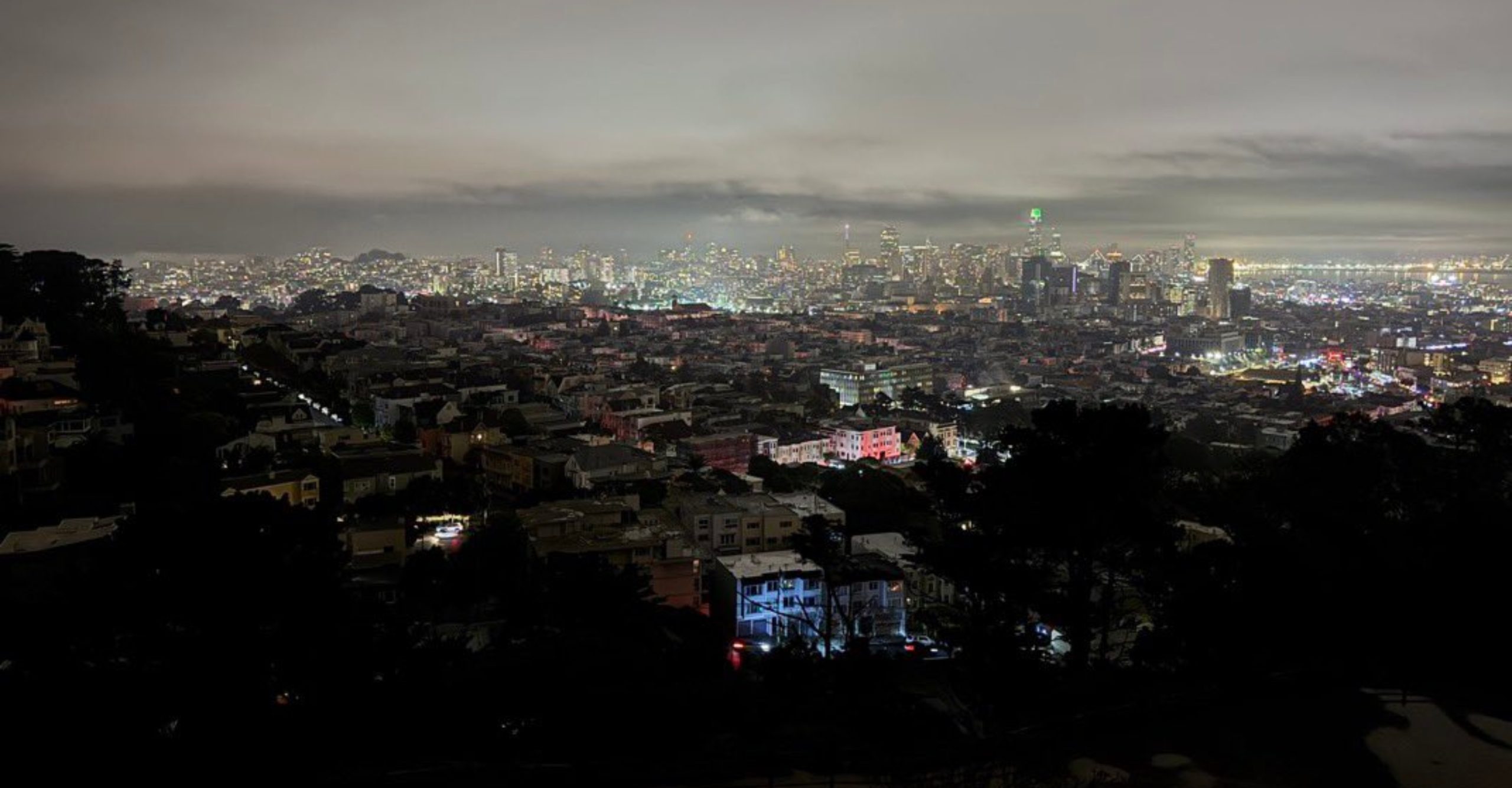
The U.S. city of San Francisco was plunged into darkness Saturday night after a power outage left about 130,000 customers without electricity, although the utility company said service was restored to most users within hours.
Pacific Gas & Electric Company (PG&E) said in a statement posted on X that nearly 90,000 homes had their power restored by 9:00 p.m. local time (05:00 GMT on Sunday), while the remaining 40,000 customers were expected to have service restored overnight.
Large areas of the city, a major technology hub with a population of around 800,000, were affected by the blackout, which disrupted public transportation and left traffic lights out of service during the busy weekend before Christmas, a crucial period for retail businesses.
“I know it’s been a difficult day,” San Francisco Mayor Daniel Lurie said in a video posted on social media from the city’s emergency operations center. “There has been progress, but for those still without power, we want to make sure they are safe and checking in on their neighbors,” he added.
Lurie said police officers and firefighters advised residents to stay home as much as possible. He also noted that officers and traffic inspectors were deployed to manage intersections where traffic lights were not functioning.
The mayor confirmed that the outage was caused by a fire at an electrical substation. Parts of the city were also covered in fog, further complicating conditions during the incident.
As a result of the blackout, many businesses were forced to close despite it being the weekend before Christmas. The sudden drop in shopper traffic ahead of the holiday is “devastating” for retailers, the manager of home goods store Black & Gold told the San Francisco Chronicle.
-

 International3 days ago
International3 days agoShakira’s El Salvador concerts sell out in hours, fans demand more dates
-

 International3 days ago
International3 days agoPentagon confirms Trump pick for SouthCom as U.S. military pressure grows
-
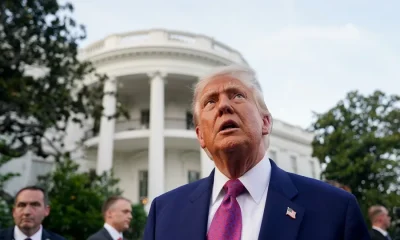
 International3 days ago
International3 days agoTrump moves to reclassify marijuana as less dangerous substance
-

 International3 days ago
International3 days agoArgentina detects first local cases of Influenza A (H3N2) Subclade K
-
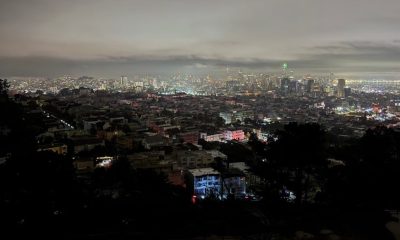
 International2 days ago
International2 days agoFire at substation triggers major blackout in San Francisco
-
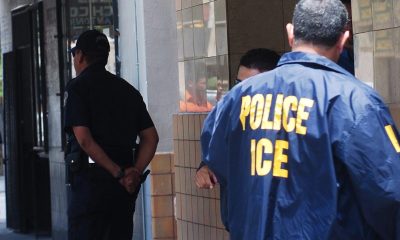
 International8 hours ago
International8 hours agoU.S. Judge Blocks ICE from Re-detaining Salvadoran Erroneously Deported Under Trump Administration
-
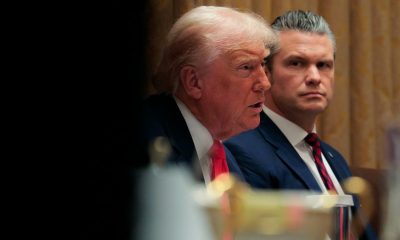
 International8 hours ago
International8 hours agoTrump Orders Construction of New ‘Golden Fleet’ to Revitalize U.S. Naval Superiority
-

 International2 days ago
International2 days agoCristina Kirchner recovering after appendicitis surgery in Buenos Aires




























